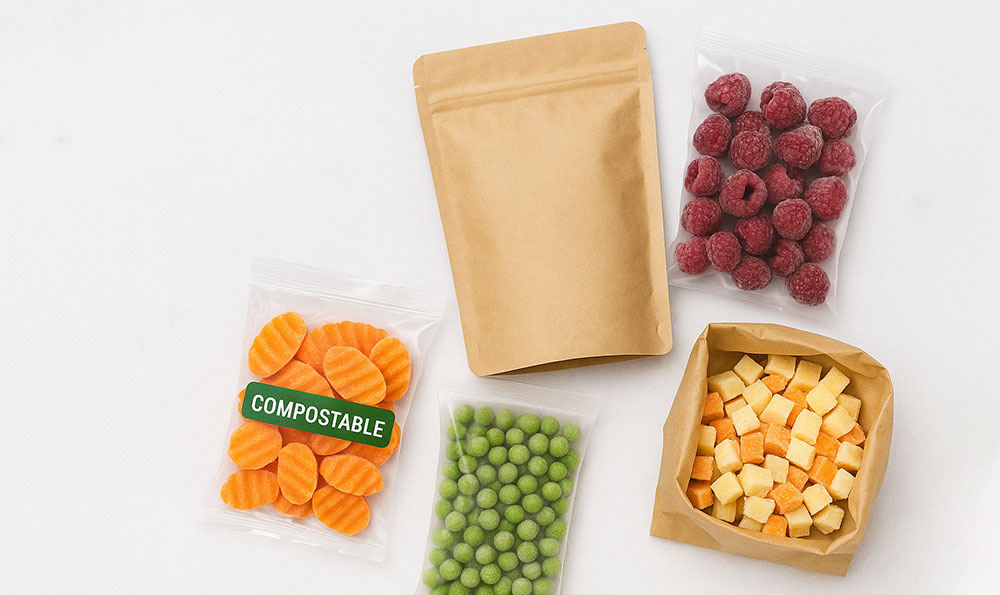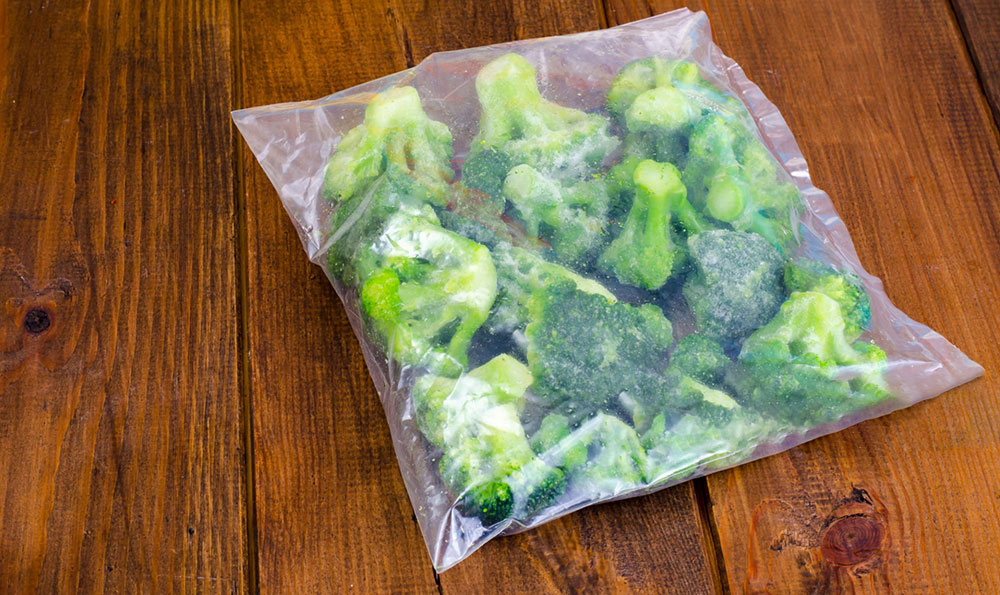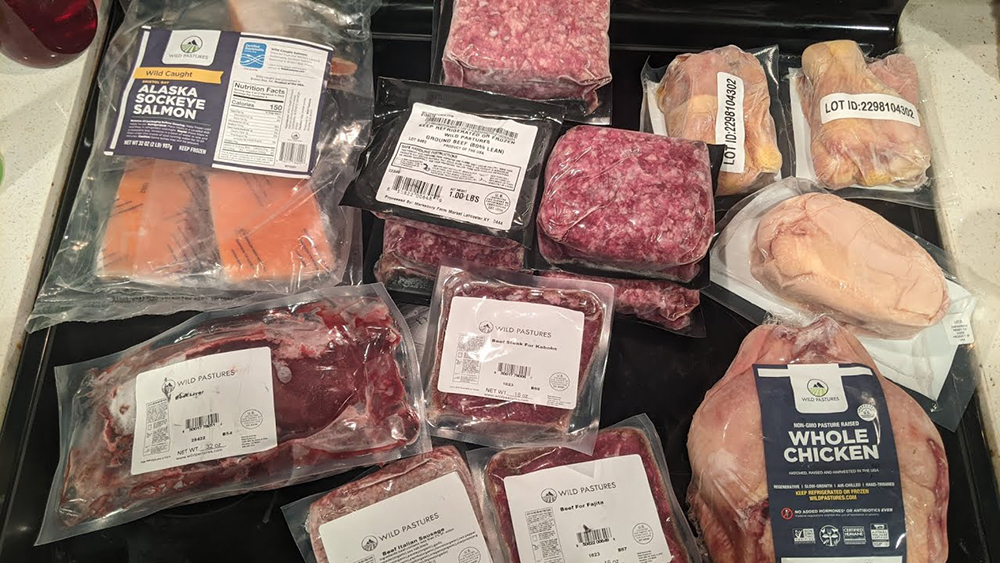Views: 99 Author: Site Editor Publish Time: 2025-11-12 Origin: Site








As global consumers become increasingly conscious about what they eat—and how it's packaged—frozen food brands are facing new expectations. Today's shoppers not only demand freshness and safety but also want packaging that aligns with their values of environmental responsibility. This is where sustainable packaging plays a crucial role in preserving frozen food while minimizing ecological impact.
Why Frozen Food Needs Effective Packaging
Frozen foods are susceptible to temperature changes and moisture exposure. Without proper protection, they can quickly suffer from freezer burn, dehydration, and nutrient loss. Packaging serves as the first line of defense, maintaining product quality by:
Preventing air and moisture penetration
Reducing oxidation and flavor changes
Protecting food from contamination and odor transfer
Maintaining the right balance of temperature and humidity
But traditional plastic packaging, often made from multi-layer, non-recyclable films, has a significant environmental footprint. As a result, more companies are turning to eco-friendly alternatives that balance performance with sustainability.

How Sustainable Packaging Supports Freshness
1. Advanced Barrier Materials
Modern sustainable films, such as MDO-PE, recyclable mono-materials, and compostable PLA or PBS layers, provide excellent oxygen and moisture barriers—comparable to conventional plastics. These materials help preserve food texture, flavor, and color throughout storage and transportation.
2. Compostable and Recyclable Options
Sustainable frozen food packaging no longer sacrifices functionality for eco-friendliness.
Compostable packaging breaks down under industrial or home composting conditions, leaving zero plastic waste.
Recyclable packaging simplifies material recovery and reprocessing, supporting a circular economy.
By utilizing these solutions, brands can ensure that their packaging not only protects freshness but also contributes to waste reduction.
3. Temperature-Resistant Performance
Biobased and recyclable films developed for frozen conditions retain strength and flexibility at low temperatures. This ensures seal integrity, preventing leaks or air ingress that could compromise product safety or freshness.
4. Reduced Carbon Footprint
Choosing renewable or low-carbon materials such as Green PE or recycled PE (PCR) significantly cuts emissions. When combined with a lightweight design, sustainable packaging minimizes energy use in production, transport, and disposal—without compromising performance.
Implementing sustainable packaging does more than just preserve freshness—it enhances brand reputation and customer trust.

Innovations Driving the Future of Frozen Food Packaging
The frozen food industry is witnessing rapid innovation in sustainable materials:
High-barrier recyclable PE films replacing mixed plastic laminates
Bio-based coatings that maintain clarity and sealability
Water-based inks and adhesives ensure non-toxic, eco-friendly printing
Smart labeling and QR codes that communicate recyclability and freshness data
These technologies enable packaging that not only protects the product but also tells a sustainability story—building trust and transparency with consumers.
From concept to production, we help brands create packaging that protects freshness, preserves quality, and supports a greener planet.
Sustainable packaging is no longer a future trend—it's the present standard for responsible frozen food brands. By investing in eco-friendly materials and smarter design, companies can ensure their frozen products stay fresh, safe, and environmentally sound from freezer to table.
If your brand is ready to switch to sustainable frozen food packaging, contact BioPack today to explore custom recyclable and compostable solutions tailored to your needs.